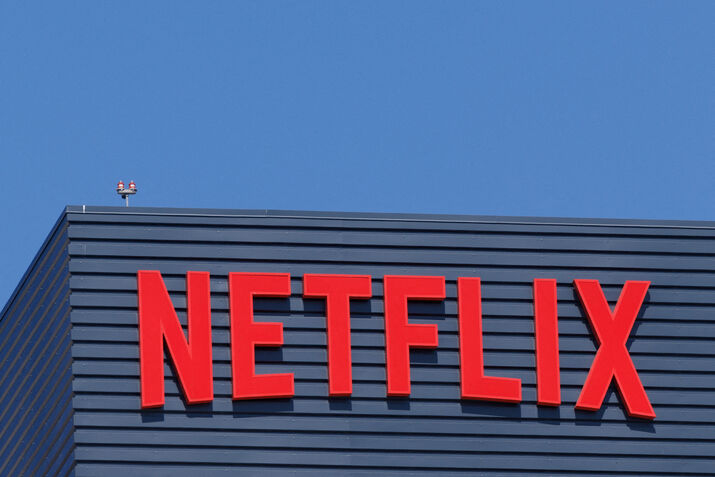Should Investors Buy Netflix Stock Before Its Q3 2024 Earnings?

TradingKey - Netflix Inc (NASDAQ: NFLX) has been one of the giants of the tech industry. Forming the “N” in the originally “FANG” acronym of high-flying tech stocks, Netflix stock dominated investors’ attention in the 2010s as streaming TV took off.
As of the end of the second quarter of 2024, Netflix had over 277 million paying subscribers globally – making it the leading streaming giant. If we think about which streaming service is a “must have” rather than a “nice to have” then Netflix is the first one that comes to most peoples’ minds.
Leading the streaming space, Netflix’s earnings are among the first in the streaming space to be released and therefore are a key indicator of what to expect from competitors such as Walt Disney Co (NYSE: DIS) and its Disney+ streaming service.
Netflix is set to report its latest Q3 2024 earnings after the market close on Thursday 17 October. So, should investors be preparing to buy Netflix stock before it releases its earnings?
Subscriber growth expected to increase
One of the big numbers that investors watch quarter to quarter, when looking at Netflix, is the new subscriber growth the company manages to post. This is a metric that Netflix’s management has decided to stop publishing from 2025 onwards as it wants investors to focus on the ability of the company to better monetise its existing (and very sizeable) subscriber base.
Nevertheless, it remains one of the key headline figures that investors monitor. In Q2 2024, Netflix had net subscriber additions of 8.05 million, which was up 16.5% year-on-year from the same period in 2023.
This attention to subscriber growth will be centred on Netflix’s subscriber growth numbers in international markets (ex-US and Canada) as in Q2 2024, net subscriber growth outside of the two countries came to 6.6 million out of the 8.05 million total in net subscriber growth.
Attention shifting towards profitability and margins
In its last earnings release in July, Netflix stated that its goals are to “sustain healthy revenue growth, expand our operating margin, and grow free cash flow”. During Q2 2024, Netflix posted revenue of US$9.56 billion, which was up 16.8% year-on-year and marginally outpaced its net subscriber growth rate. It updated slightly its full-year 2024 revenue growth guidance in Q2 2024 to between 14% and 15%.
Meanwhile, during the same report, Netflix also updated its full-year 2024 operating margin outlook to 26% (up from 25%) on the improved revenue outlook and ongoing cost discipline.
The company’s operating margin of 27.2% in Q2 2024 and the company’s own outlook of an operating margin of 28.1% for Q3 2024 suggests the full-year guidance on operating margin could easily be surpassed. That could give investors the confidence that Netflix could go on to be even more profitable than the market assumes.
Netflix’s burgeoning ad business is one to watch
While Netflix started out its streaming business touting its “advertising free” model, the company has had to adapt to changing market conditions. That has entailed creating a lower paid tier that includes ads for subscribers.
Fortunately, that has turned out well for Netflix. In Q2 2024, the company stated that new signups for its paid ad tier now account for 45% of all signups in its ad markets. This lower-priced offering has the benefit of being a “gateway” offering for non-Netflix subscribers in order for them to test out the product. Once they’re in and enjoying what’s on offer, there is massive potential for Netflix to “upsell” them to higher-tier (higher-priced) subscriptions.
Indeed, the company has previously stated that it’s “confident that advertising will be a key component of our longer term revenue and profit growth”. Investors with a longer-term horizon may feel that Netflix will carve out a leading position in the ad-supported streaming market, similar to the way it has dominated the overall streaming market. That could make Netflix shares an attractive long-term growth story right now in both the streaming and ad markets.
Netflix stock has recovered from its 2022 lows and is up over 50% so far in 2024, way ahead of the S&P 500’s 23.6% advance over the same period.




